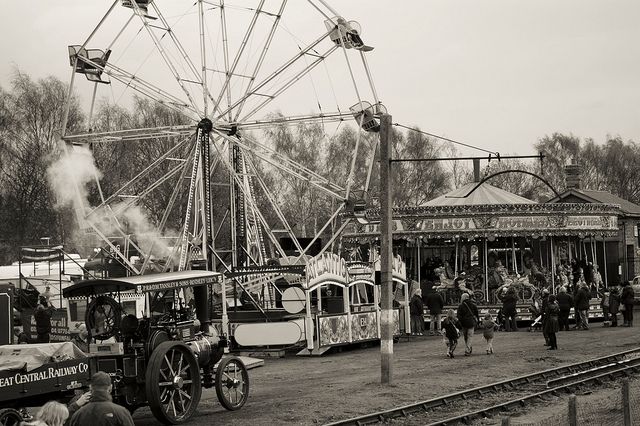|
By: Laurel Kutz When it comes to everyday high school life, it seems as though most students feel as if everyone else is judging them, all the while they are judging everyone else. Leading up to major school events, such as this weekend's Homecoming Dance, students start to feel even more self conscious about themselves. Questions such as: Is my dress good enough? What if I don’t get a date? and What will people think of the pictures that I post to Instagram? spring into the minds of some students. This Homecoming, the Student Government Association chose "Carnival" as its theme, with the mindset of uniting the student body and creating a space where students can come together. Carnivals, as we think of them now, are mostly a relic of the past, but their legacies span farther than their era of popularity. The first instance of a carnival capturing the minds of the American people was the 1893 World’s Columbian Exposition. With the rise of electricity and newly industrialized attractions, such as the first Ferris wheel and other rides, people were enamored with this new form of entertainment. It is estimated that 27 million people went to the exposition between May 1 and October 30 of the same year. Also at the exposition were humiliating and degrading displays known as freak shows, usually where people with physical disabilities would be shown off for the entertainment of so called “normal” people. It seems unbelievable that this form of entertainment was publicly acceptable at the time. Pointing and laughing at people today is deemed as demeaning and rude, but not to the generally White middle class that paid money to see people with abnormalities. During the age of freak shows, White showmen and businessmen exploited the disabled community and people of color for their own monetary gain. These displays of human anomalies astonished the onlookers of the show, as well as perpetuated the stereotypes of these communities for years to come. The downfall of this practice was threefold. With the rise of television, carnivals and freak shows, as they were known, lost popularity since people could be entertained in the comfort of their home. Also, modern medicine and scientific advancements made it so that people with disabilities were actually diagnosed, instead of left wondering. Most importantly, the majority of people realized that freak shows were demeaning and morally wrong to the people that they targeted. However, judging people based how they look or act is not a once in a millennium occurrence; rather, it surrounds us in our daily lives. Often, we still hear someone talk about another person behind their back, and we might even do it ourselves. At the same time, lots of students feel like we are outcasts and in the line of fire of everyone else. This homecoming, it should be our goal be to bring people together with the purpose of celebrating and focusing on the positives of our individual selves. It's time to learn from the past and leave it behind us, rather than bring its practices into our everyday lives.
2 Comments
Mack
10/7/2022 07:51:31 am
GO LAUREL!! Love the connections to modern students!
Reply
Ralph Dalton
10/10/2022 06:48:28 pm
There is a lovely combination of humor and compassion expressed here.
Reply
Leave a Reply. |
Archives
May 2024
|
